Bird houses - do I even bother?
rudysmallfry
18 years ago
Related Stories

GARDENING GUIDESBackyard Birds: Northern Cardinals in the Snow, and Other Red Birds
Brilliant crimson feathers make these friends stand out in a crowd
Full Story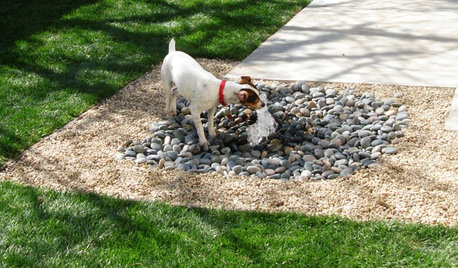
PETSHere’s How to Show Your Pet Even More Love
February 20 is Love Your Pet Day. Find all the ideas and inspiration you need to celebrate right here
Full Story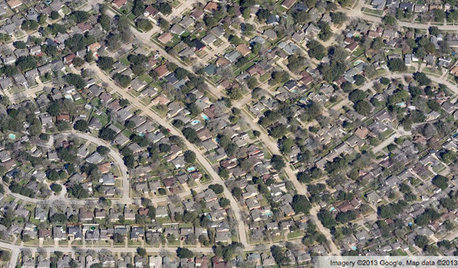
COMMUNITYGet a Bird's-Eye View of America's Housing Patterns
See the big picture of how suburban developments are changing the country's landscape, with aerial photos and ideas for the future
Full Story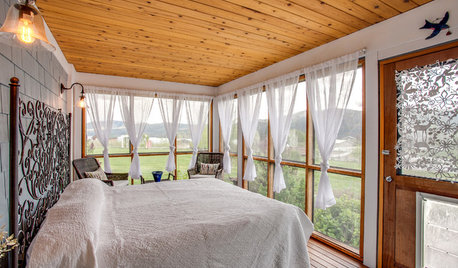
GARDENING AND LANDSCAPING11 Ways to Make Your Sleeping Porch Even Better
Turn off that air conditioner and tune in to the delights of slumbering in the nighttime breeze
Full Story
HOUZZ TVHouzz TV: This Dream Midcentury Home in a Forest Even Has Its Own Train
Original wood ceilings, a cool layout and, yes, a quarter-scale train persuaded these homeowners to take a chance on a run-down property
Full Story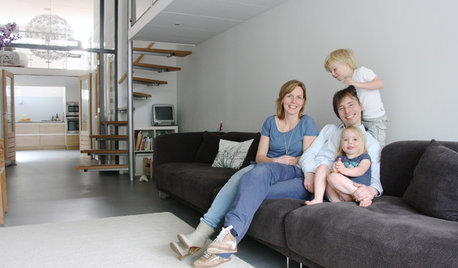
REMODELING GUIDESHow to Protect (Even Enhance!) Your Relationship While Renovating
No home improvement project is worth a broken heart. Keep your togetherness during a remodel with this wise advice
Full Story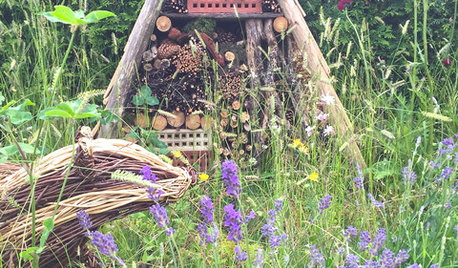
GARDENING GUIDESHow to Create a Rustic Garden, Even on a Tiny City Plot
Flea market and salvaged finds can give even the most urban garden the look and feel of a rural retreat
Full Story
GARDENING GUIDESGet a Head Start on Planning Your Garden Even if It’s Snowing
Reviewing what you grew last year now will pay off when it’s time to head outside
Full Story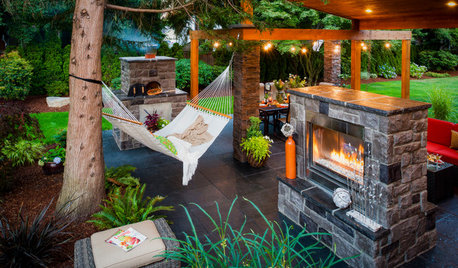
OUTDOOR KITCHENSOutdoor Room of the Day: This Patio Cooks, Even in the Rain
Washington homeowners create their dream outdoor kitchen with a pizza oven, gas grill, fireplace and more
Full Story
LIFEThe Polite House: How Can I Tell a Construction Crew to Pipe Down?
If workers around your home are doing things that bother you, there’s a diplomatic way to approach them
Full StoryMore Discussions






bulldinkie
catherinet
Related Professionals
Fort Lee Landscape Architects & Landscape Designers · Garden City Landscape Architects & Landscape Designers · Burlington Landscape Contractors · Gainesville Landscape Contractors · Salem Landscape Contractors · Bridgeport Landscape Contractors · Del Aire Landscape Contractors · Richmond Landscape Contractors · Sammamish Landscape Contractors · St. Louis Landscape Contractors · Kingsburg Landscape Contractors · Albany Driveway Installation & Maintenance · Hayward Driveway Installation & Maintenance · Dickinson Swimming Pool Builders · Haltom City Swimming Pool BuildersrudysmallfryOriginal Author
terryr
catherinet
chrsvic
rudysmallfryOriginal Author
knottyceltic
lisa11310
terryr
rudysmallfryOriginal Author
vonyon
terryr
vonyon
terryr
vonyon
terryr
vonyon